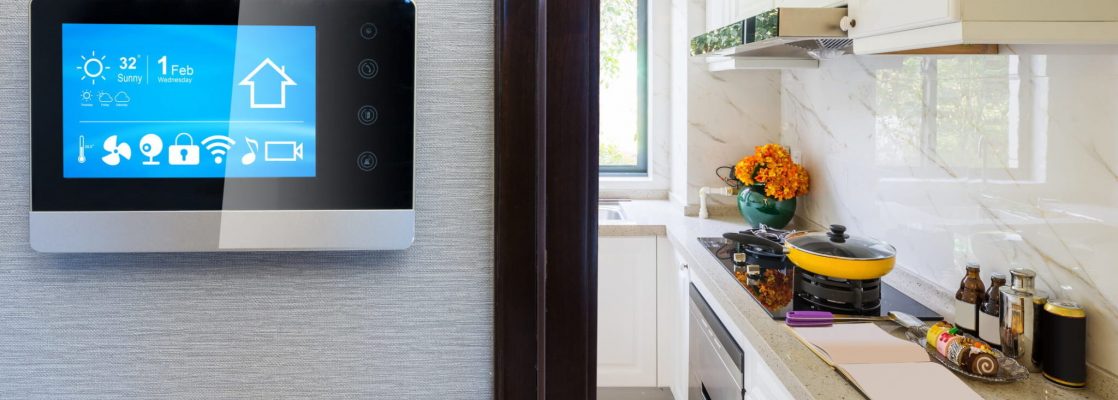
In today’s rapidly advancing technological landscape, the terms “smart device” and “smart home” have become increasingly prevalent. While they may seem interchangeable at first glance, there are distinct differences between the two concepts. This article aims to delve deeper into the intricacies of smart devices and smart homes, shedding light on their unique features, functionalities, and the transformative impact they have on our daily lives.
- Defining Smart Devices:
Smart devices refer to individual gadgets or appliances that are equipped with advanced connectivity and intelligent capabilities. These devices are designed to enhance convenience, efficiency, and automation in various aspects of our lives. Examples of smart devices include smartphones, smartwatches, voice assistants, smart thermostats, and smart security systems. - Understanding Smart Homes:
On the other hand, a smart home encompasses an entire ecosystem of interconnected devices, systems, and technologies that work together to create an intelligent living environment. It goes beyond individual devices and focuses on the integration and automation of multiple functionalities within a household. A smart home typically includes devices such as smart lighting, smart appliances, home security systems, entertainment systems, and energy management systems. - Connectivity and Integration:
One key distinction between smart devices and smart homes lies in their connectivity and integration capabilities. While smart devices can connect to the internet and offer standalone functionalities, a smart home integrates multiple devices and systems to create a seamless and interconnected network. This integration allows for centralized control and automation, enabling users to manage various aspects of their home through a single interface or voice command. - Automation and Intelligence:
Another differentiating factor is the level of automation and intelligence offered by smart devices and smart homes. Smart devices often provide limited automation features, such as scheduling tasks or remotely controlling specific functions. In contrast, a smart home leverages advanced technologies like artificial intelligence (AI) and machine learning to analyze data, adapt to user preferences, and proactively optimize various aspects of the living environment. This intelligence enables predictive actions, energy efficiency, and personalized experiences. - Scalability and Expansion:
Smart devices are typically standalone entities that can be added or removed individually. In contrast, a smart home offers scalability and expansion possibilities, allowing users to gradually incorporate new devices and systems into their existing ecosystem. This flexibility enables homeowners to customize their smart homes according to their evolving needs and preferences, creating a truly personalized and adaptable living space.
Conclusion:
In conclusion, while smart devices and smart homes share the common goal of enhancing convenience and efficiency through intelligent technologies, they differ significantly in terms of scope, integration, automation, and scalability. Smart devices are individual gadgets that offer advanced functionalities, while smart homes encompass a comprehensive ecosystem of interconnected devices and systems. Understanding these distinctions is crucial for individuals seeking to embrace the transformative potential of smart technologies and create a truly intelligent living environment.

